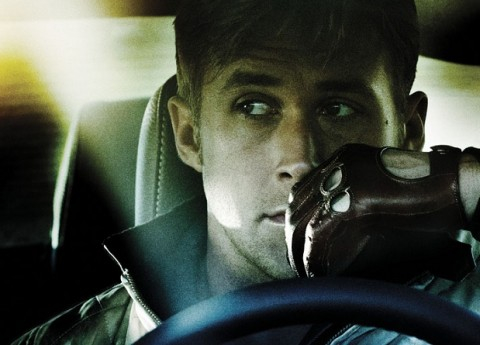Dear Friends of Hollywood Film Directing,
I also welcome you to our blog. My passion is directing the camera. Directors used to leave this up to the cinematographer. But in the last forty years the tools for telling a story visually have become much more powerful, and all filmmakers need to know how to use them expertly in order to make their films succeed. In this blog and those to follow I intend to reveal some secrets which will help you attain the expertise needed to become a master visual storyteller.
Making Action Matter

The close up is the low budget/no budget filmmaker’s most powerful tool. This is just as true for action sequences as dialogue sequences. Action sequences, no matter how bare-bones, take time and cost money – much more money than dialogue sequences. But that money will not be effectively spent unless you can put the audience into the action. The doorway through which the audience enters the action is the eyes of the main character. So shoot as many close ups as possible of the protagonist as he/she battles through the action sequence.
This is not as self-evident as it seems. When you are working with stuntmen setting up cameras to shoot stunts, or just doing a simple handheld foot chase through alleyways it is all too easy to get caught up in the science of orchestrating the ballet of flying cars and flying bodies and heightening the action by putting the camera in the right place with the right lens. But the most important shots are the simplest and the easiest to do – the frontal close ups on the protagonist. All the money you are spending on the stunts is only being spent to make the audience think that the main character, with whom they have come to identify, is in jeopardy. You want them to fear that he will not triumph against all the death dealing forces opposing him even while they hope that he will prevail. This dynamic of hope and fear fuels the fire of suspense. This is what you are spending the money for. But it will not be there unless you show the hero’s eyes to the audience in frontal close-ups.
Nicolas Winding Refn fully clearly understands this. The opening action sequence of Drive is dominated by tight shots on Ryan Gosling’s eyes which reflect each and every subtle change in his character’s emotions as he pilots his getaway car from a robbery site in downtown LA to the Staples Center through an ever narrowing gauntlet of cop cars and helicopters. Go back and look at George Miller’s low budget (under one million dollars) high-action masterpiece, The Road Warrior. Just like Refn in Drive, Miller plugs you into the hero’s struggle by shooting tight shots on Mel Gibson face which reflect every modulation of his inner being as he wields his nitrous-fueled hot rod like Luke Skywalker’s light sabre.
To make sure that he could shoot the close ups of Gibson and all the freaks who oppose him as cheaply and quickly as possible, and be able to fine tune their performances, Miller and his production designer came up with the scheme of putting huge fuel tanks on the trunk lids of all the vehicles. This way the all the shots inside the cars on the drivers’ eyes did not see out the back windshield and so could be shot on a sound stage, poor-man’s process – by having grips rock the cars to simulate motion and blowing wind in the drivers’ faces.
Bob Zemeckis borrowed this tactic from Miller when he had the flux capacitor mounted on the trunk lid of the DeLorean in Back to the Future. And Zemeckis hoped to do the same on Car Crazy, a low budget action film, which we developed for Universal together, but which never got made.
To give credit where credit is due, the entire concept described in this blog – that action sequences only work if you shoot enough close ups on the protagonist to put the audience into their heads – was first articulated for me by Zemeckis. By way example, he said: “You can smash a thousand cars together and film it with a hundred cameras, but that’s not a movie. That’s a spectacle. But you put Thelma and Louise in one car and shoot it with one camera and drive it off cliff and that’s a movie.”
Later,
Gil Bettman